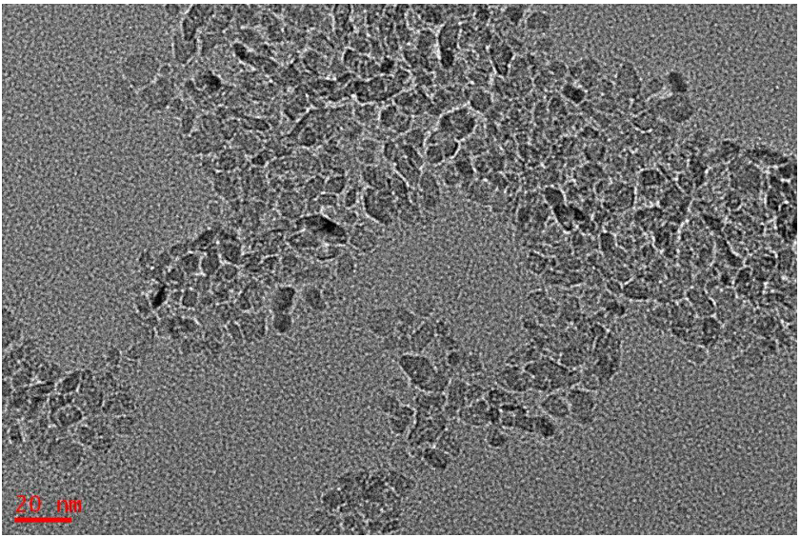High voltage electrostatic circulating water manufacturers to explain to you, pharmaceutical industry wastewater refers to the production of antibiotics, antibiotics, antiserum and organic and inorganic medicine and other factories discharged wastewater. The amount and quality of wastewater vary according to the type of drugs produced, but the wastewater discharged from distillation and bottle washing sections is basically the same. In addition to the animal wastewater dominated by animal organs and plant wastewater mainly containing herbal medicine, the wastewater from the production of antibiotics and antiserum generally contains toxic substances such as fluorine, cyanogen, phenol, cresol and mercury compounds, as well as a large amount of BOD, COD (mother liquor up to tens of thousands of milligrams / L) and colloidal substances. The main treatment methods of wastewater are precipitation biochemical treatment (such as contact oxidation, activated sludge process and biological fluidized bed). The treatment methods are as follows:
1. Catalytic oxidation method
Under the action of catalyst, the organic matter in wastewater can be oxidized and decomposed by strong oxidant, the double bond in the organic structure is broken, and the large molecule is oxidized into small molecule, and the small molecule is further oxidized into carbon dioxide and water. The COD is greatly reduced, the BOD / COD value is increased, and the biodegradability of waste water is increased. After advanced treatment, the wastewater can meet the discharge standard.
2. Internal electrolysis
The principle of internal electrolysis is to use iron and graphite components in iron filings to form the negative and positive electrode of micro electrolysis. In acidic medium, the positive electrode generates new ecological hydrogen with strong reducibility, which can reduce heavy metal ions and organic pollutants. The negative electrode produces ferrous ions with reducibility.
3. Adsorption method
Wastewater treatment by adsorption is a comprehensive process of physical adsorption, chemical adsorption and exchange adsorption between adsorbents such as activated carbon, sulfonated coal and adsorbent (solute) to remove pollutants.
4. Coagulation sedimentation method
Coagulation is an important process in water treatment. Through coagulation sedimentation filtration, turbidity and chroma of water can be greatly reduced, and suspended solids and impurities in water can be removed.
5. Anaerobic biological treatment
Anaerobic biological treatment of wastewater is a metabolic process of anaerobic microorganism, which converts organic matter into inorganic matter and a small amount of cellular material without increasing oxygen. These inorganic substances mainly include a large amount of biogas and water.
